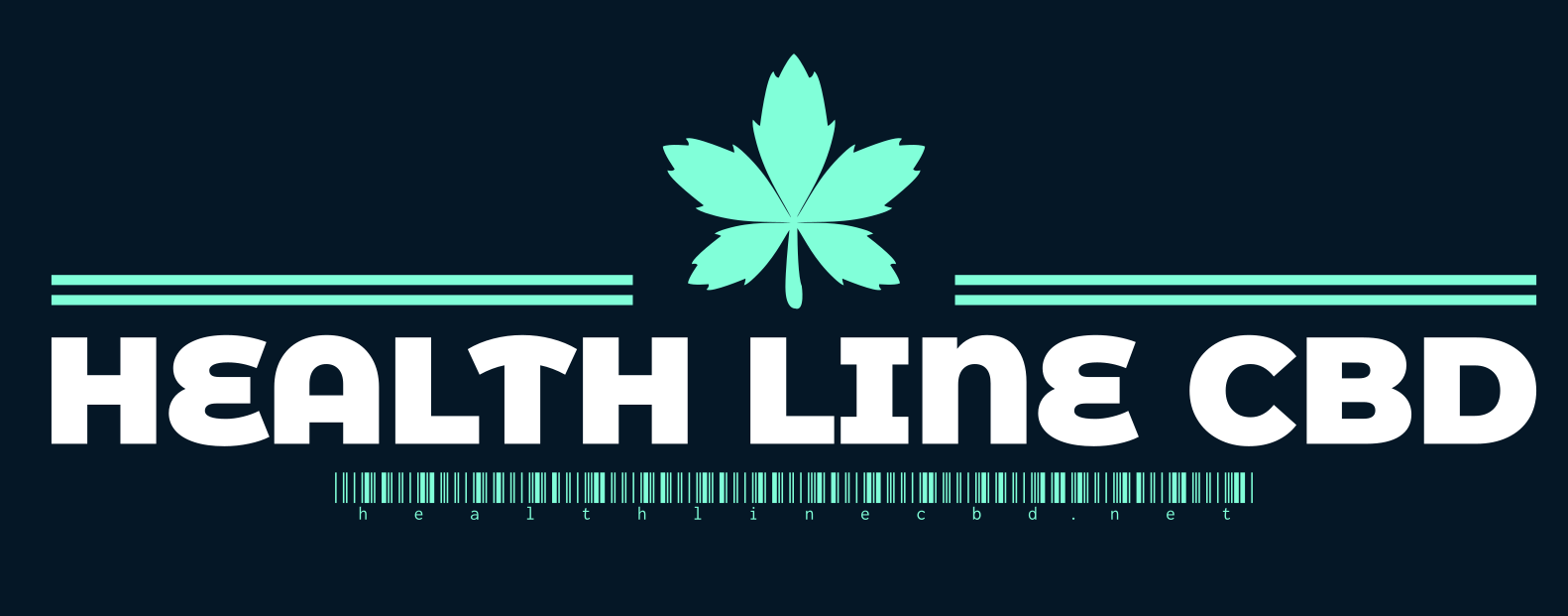Schedule Your Dermal Filler Appointment with Dr. Laura Geige at It’s Me and You Clinic
What is Nasal Flare
Nasal Flares Explained
Nasal flare refers to the flaring or widening of the nostrils when a person breathes in. This occurs due to the contraction of muscles called the dilator naris muscles, which are located around the opening of the nostrils.

Several factors can contribute to nasal flare, including:
Book a Dermal Filler Consultation with Dr. Laura Geige Today
• **Genetics:** Some people are simply predisposed to having more pronounced nasal flares due to their facial structure and the size and placement of these dilator muscles.
• **Age:** As we age, the skin around the nose can become thinner and less elastic, making nasal flare more noticeable.
• **Medications:** Certain medications, such as decongestants, can temporarily widen the nostrils by shrinking nasal tissues.
• **Allergies:** Allergies can cause inflammation in the nasal passages, leading to increased congestion and a need for wider nostril openings to allow airflow.
• **Exercise or Physical Activity:** During strenuous activity, the body requires more oxygen, which can lead to increased breathing rate and muscle contraction, causing nasal flare.

• **Breathing Technique:** People who breathe through their mouths instead of their noses may subconsciously flare their nostrils more often.
In most cases, nasal flare is a normal physiological response and not a cause for concern. However, some individuals may find it aesthetically displeasing or experience self-consciousness about its appearance.
Causes of Prominent Nasal Flares
Nasal flare, also known as *nasal valve collapse* or *lateral crinkle*, refers to the inward movement of the nostrils during inhalation. This narrowing of the nasal passage can sometimes be noticeable, appearing as a prominence or flaring of the nostrils.
There are various factors that can contribute to prominent nasal flares:
-
Genetics
Some individuals inherit wider nasal openings or thinner cartilage in the nose, making them more prone to nasal flare.
-
Nasal valve collapse**.
This occurs when the cartilage and muscles surrounding the nasal opening weaken, causing them to collapse inwards during breathing. This can be caused by:
-
Aging
-
Trauma or injury to the nose
-
Deviated septum
-
Allergies and inflammation
-
-
Rhinoplasty**
While intended to improve nasal aesthetics, some rhinoplasty surgeries can inadvertently exacerbate nasal flare if the cartilage structure is not properly addressed.
-
Obesity
Excessive weight gain can put pressure on the nasal passages, increasing the likelihood of nasal flare.
-
Certain medical conditions** such as Ehlers-Danlos syndrome and Down syndrome can also contribute to prominent nasal flares.
Reserve a Dermal Filler Consultation with Dr. Laura Geige Now
It’s important to note that while some degree of nasal flare may be normal, if it causes breathing difficulties or is causing significant distress, consult with a medical professional for further evaluation and treatment options.
How Botox Can Help
Botox’s Mechanism of Action
Botox can indeed be helpful in reducing nasal flare.
Nasal flare, characterized by the visible widening of nostrils during breathing, often occurs due to overactive muscles surrounding the nose.
Botox’s mechanism of action involves temporarily paralyzing these muscles.
Here’s a breakdown:
-
Muscle Contraction & Neurotransmitters: Muscles contract when nerve signals are transmitted across neuromuscular junctions. These signals rely on neurotransmitters, such as acetylcholine, which trigger muscle contraction.
-
Botox Blocks Acetylcholine: Botox is a protein that works by blocking the release of acetylcholine at these neuromuscular junctions.
-
Muscle Paralysis: By inhibiting acetylcholine, Botox effectively paralyzes the targeted muscle, reducing its ability to contract.
When injected into the muscles responsible for nasal flare, Botox can significantly reduce their activity, leading to a narrowing of the nostrils and a less prominent appearance of the flare.
It’s important to note that Botox’s effects are temporary, typically lasting 3-6 months.
Repeat treatments are necessary to maintain the results.
Clinical Evidence and Studies
Botox can indeed potentially help reduce **nasal flare**, but it’s important to understand how and with what level of evidence.
**Nasal flare** refers to the visible widening or flaring of the nostrils during breathing. It can be caused by a variety of factors, including genetics, nasal valve collapse, and muscle hyperactivity.
Botox works by temporarily paralyzing muscles. In the context of nasal flare, Botox injections target specific muscles around the nose that contribute to its appearance. By relaxing these muscles, Botox can help minimize their contraction and subsequently reduce the degree of nostril widening.
While anecdotal reports and some preliminary studies suggest a potential benefit, the **clinical evidence supporting Botox for nasal flare** is still limited.
Some studies have shown promising results:
* A small study published in *Facial Plastic Surgery & Aesthetic Medicine* found that Botox injections significantly reduced nasal flare in patients with nasal valve collapse.
* Another study in the *Journal of Cosmetic and Laser Therapy* demonstrated a decrease in nostril width and improvement in nasal airway resistance after Botox treatment.
However, more robust, large-scale clinical trials are needed to definitively establish the effectiveness and long-term safety of Botox for treating nasal flare.
It’s crucial to consult with a qualified **plastic surgeon or otolaryngologist (ENT doctor)** who specializes in facial aesthetics. They can assess your specific situation, determine if you’re a suitable candidate for Botox treatment, and discuss the potential risks and benefits.
Things to Consider Before Trying Botox for Nasal Flares
Consultation with a Qualified Professional
Botox has become increasingly popular for various cosmetic purposes, and some people wonder if it can also address nasal flares.
Nasal flares refer to the widening of the nostrils when you inhale or smile. This can be a concern for individuals who want to minimize their nose’s prominence or achieve a more refined facial appearance.
While Botox can temporarily relax muscles, it’s essential to understand its limitations and potential side effects before considering it for nasal flares.
Here are some key factors to consider before trying Botox for nasal flares:
* **Underlying Cause:** It’s crucial to determine the cause of your nasal flares.
- Genetics can contribute to the shape and size of your nostrils.
- Cartilage structure also plays a role.
- If your nasal flares are primarily due to muscle activity, Botox might be more effective.
* **Consultation with a Qualified Professional:**
Seeking the expertise of a board-certified plastic surgeon or dermatologist specializing in facial aesthetics is essential.
They can assess your nasal flares, understand your concerns, and determine if Botox is an appropriate treatment option for you. During the consultation:
* Discuss your medical history, allergies, and any medications you’re taking.
* Be prepared to share photos of your nostrils from different angles.
* Ask about potential risks, side effects, and expected results.
* **Realistic Expectations:**
Botox for nasal flares can temporarily reduce the appearance of widening nostrils but it is not a permanent solution.
The effects typically last for 3-6 months, after which additional treatments may be needed.
* **Potential Side Effects:** While generally safe when administered by a qualified professional, Botox can have potential side effects such as:
* **Bruising or swelling** at the injection site
* **Drooping eyelid or eyebrow** (if injections are not precisely placed)
* **Headache**
* **Difficulty blinking**
It’s crucial to weigh the potential benefits against the risks and discuss them thoroughly with your doctor.
Potential Side Effects and Risks
Botox is often used to smooth wrinkles and lines on the face, but some individuals are curious about its potential to address nasal flaring, a common aesthetic concern.
Before considering Botox for nasal flares, it’s crucial to understand both its benefits and potential drawbacks.
Nasal flaring can occur when the nostrils widen or flare involuntarily during breathing. This can be caused by several factors, including genetics, allergies, enlarged turbinates, or structural issues in the nose.
While Botox is not a cure for underlying nasal problems, it can temporarily reduce the appearance of flared nostrils by relaxing the muscles that cause them to widen.
Botox injections are typically administered into the specific muscles responsible for nostril movement. The injected toxin blocks nerve signals to these muscles, leading to temporary paralysis and reduced muscle activity.
The potential benefits of Botox for nasal flares include:
-Improved facial symmetry
-Enhanced aesthetic appeal
-Increased confidence
However, it is important to note that the effects of Botox are temporary, typically lasting 3-6 months.
Regular treatments are required to maintain the desired results.
Potential side effects and risks associated with Botox injections for nasal flares include:
-Bruising or swelling at the injection site
-Asymmetry or drooping of the eyelids or eyebrows
-Difficulty breathing through the nose
-Infection
-Allergic reactions
In some cases, Botox can cause muscle weakness or paralysis that spreads beyond the intended area.
This is rare but should be taken seriously and addressed immediately with a medical professional.
Before undergoing any cosmetic procedure, it’s essential to consult with a qualified and experienced injector. A thorough assessment will determine if you are a suitable candidate for Botox treatment and discuss any potential risks or complications.
A good injector will also explain the procedure in detail, including expected outcomes and aftercare instructions.
Remember that Botox is not a permanent solution and requires ongoing maintenance.
It’s important to have realistic expectations and understand the potential risks involved before making a decision about treatment.
Tattoo Culture Magazine Reimagining Journalism Goonie Yoga and Therapy Dr. Nerina Muses Tattoo Culture Magazine
- Who Should Not Get Fillers? - November 10, 2025
- What Is Relationship Anarchy And How Does It Challenge Monogamous Ideals? - November 7, 2025
- Weed Drinks & Weed Infused Beverages - November 6, 2025

